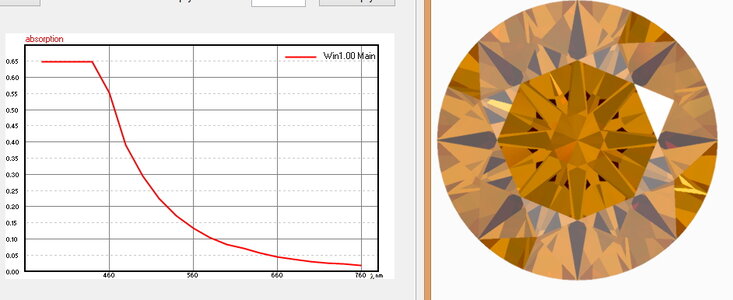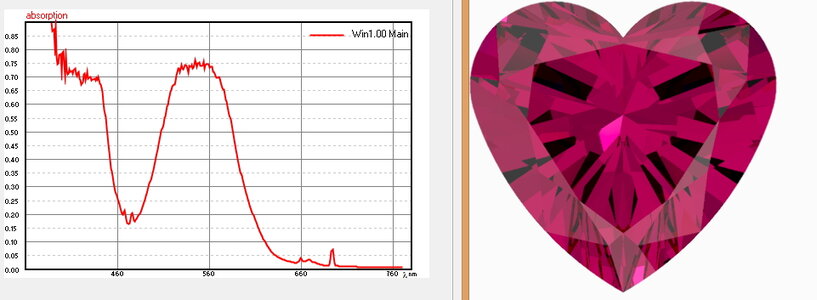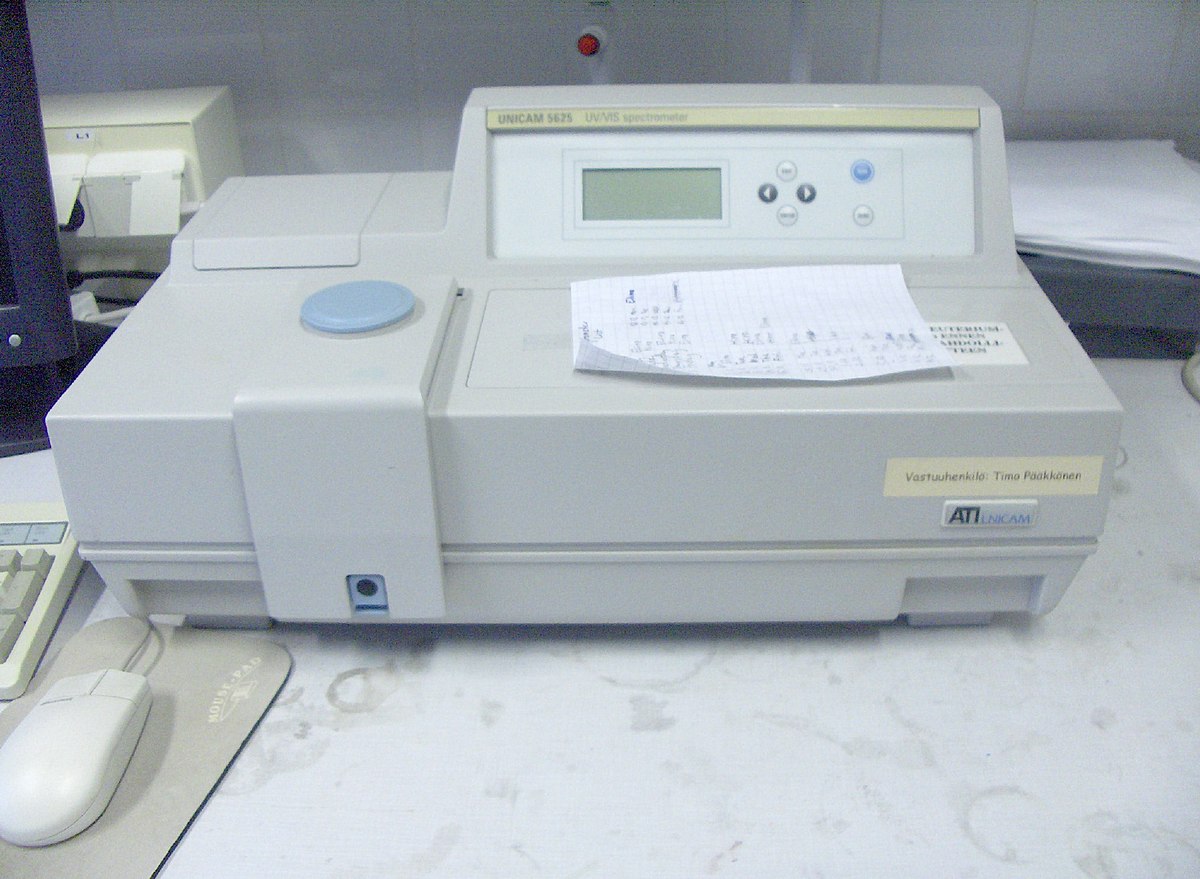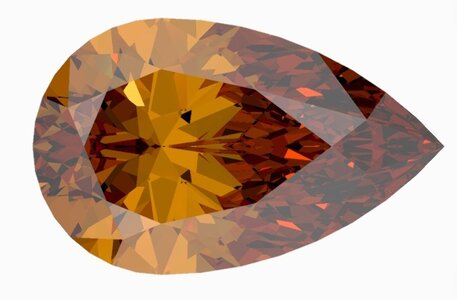DejaWiz
Ideal_Rock
- Joined
- Apr 23, 2021
- Messages
- 7,058
ok 1,6,7 How would you explain this to a PS newbie?
I have a very limited number of these and not in higher colors(d-z) so dont ask for an I :}
@yssie @DejaWiz @oncrutchesrightnow
Higher absorption of light in the blue and violet visible spectrum realm results in a perceived greater intensity of the remaining colors at the opposite ends of the spectrum, in this case the result is orange (yellow for the second spectrograph).
A blue diamond would be the opposite: higher absorption in the yellow-orange-red range resulting in higher perceived intensity at the blue-violet end of the spectrum.









300x240.png)